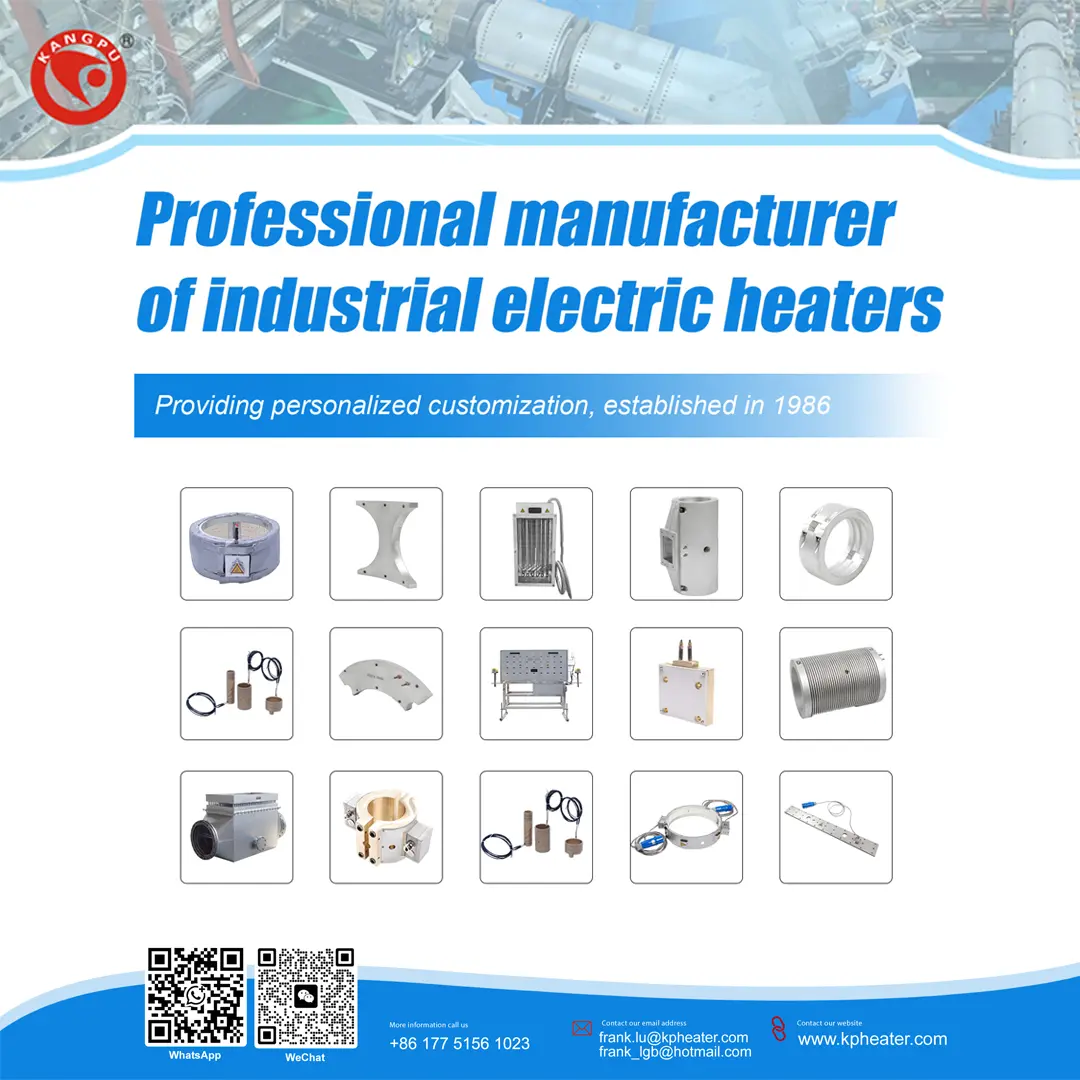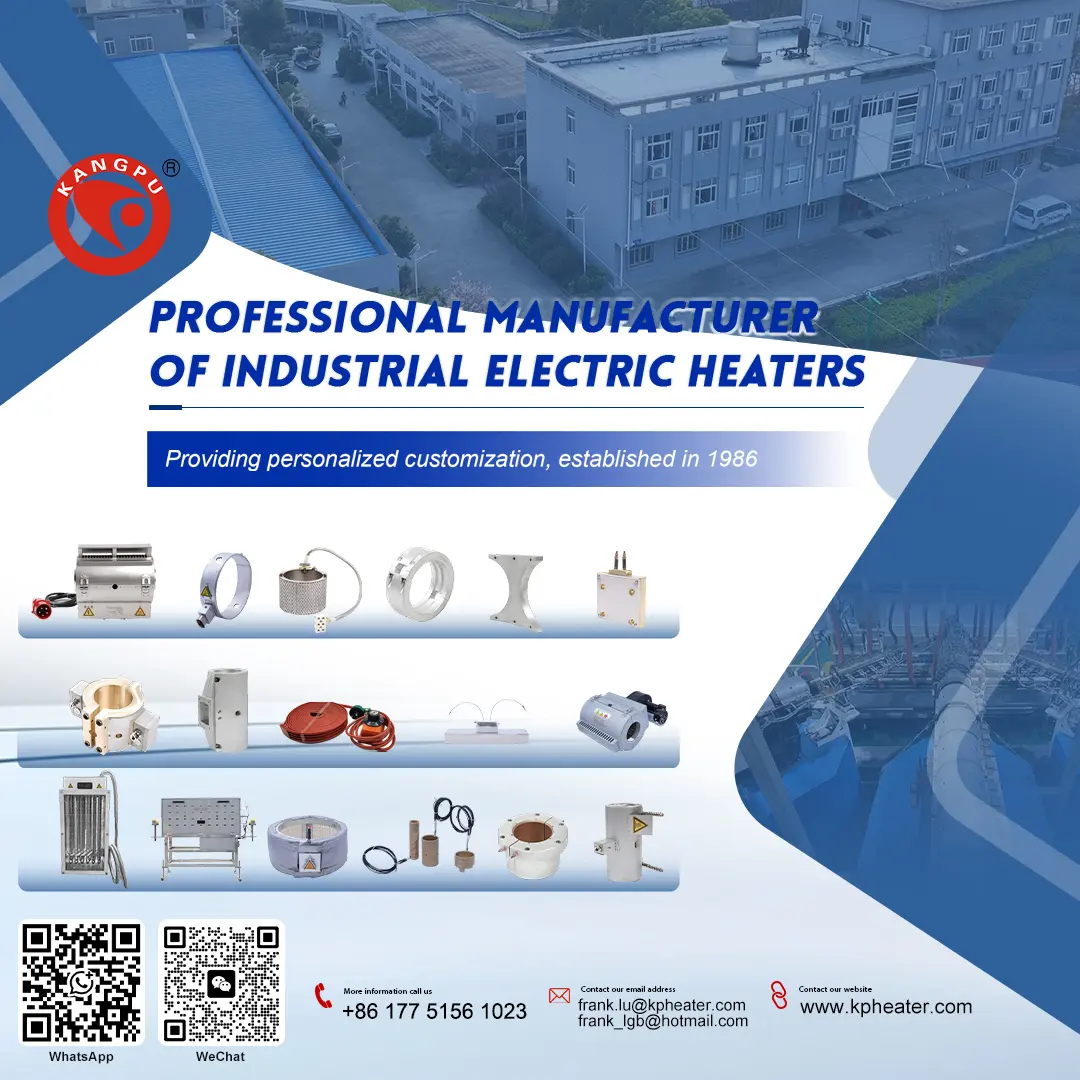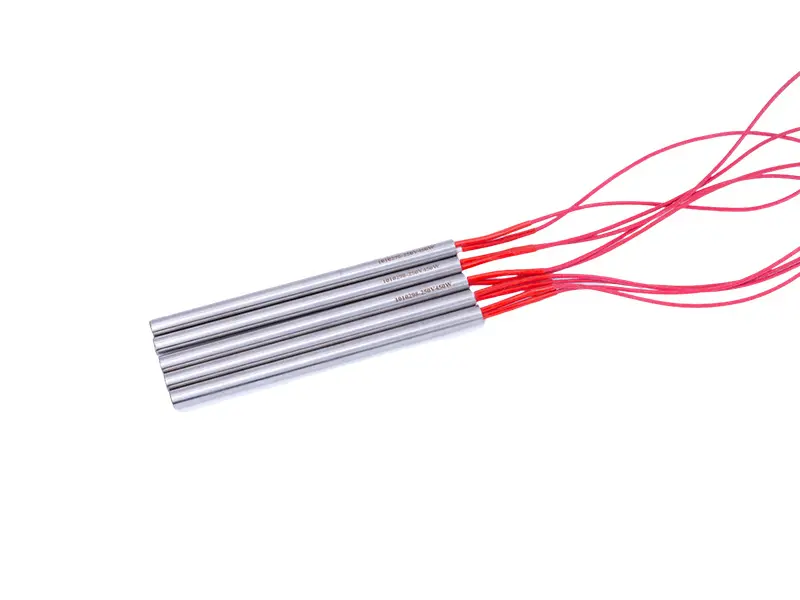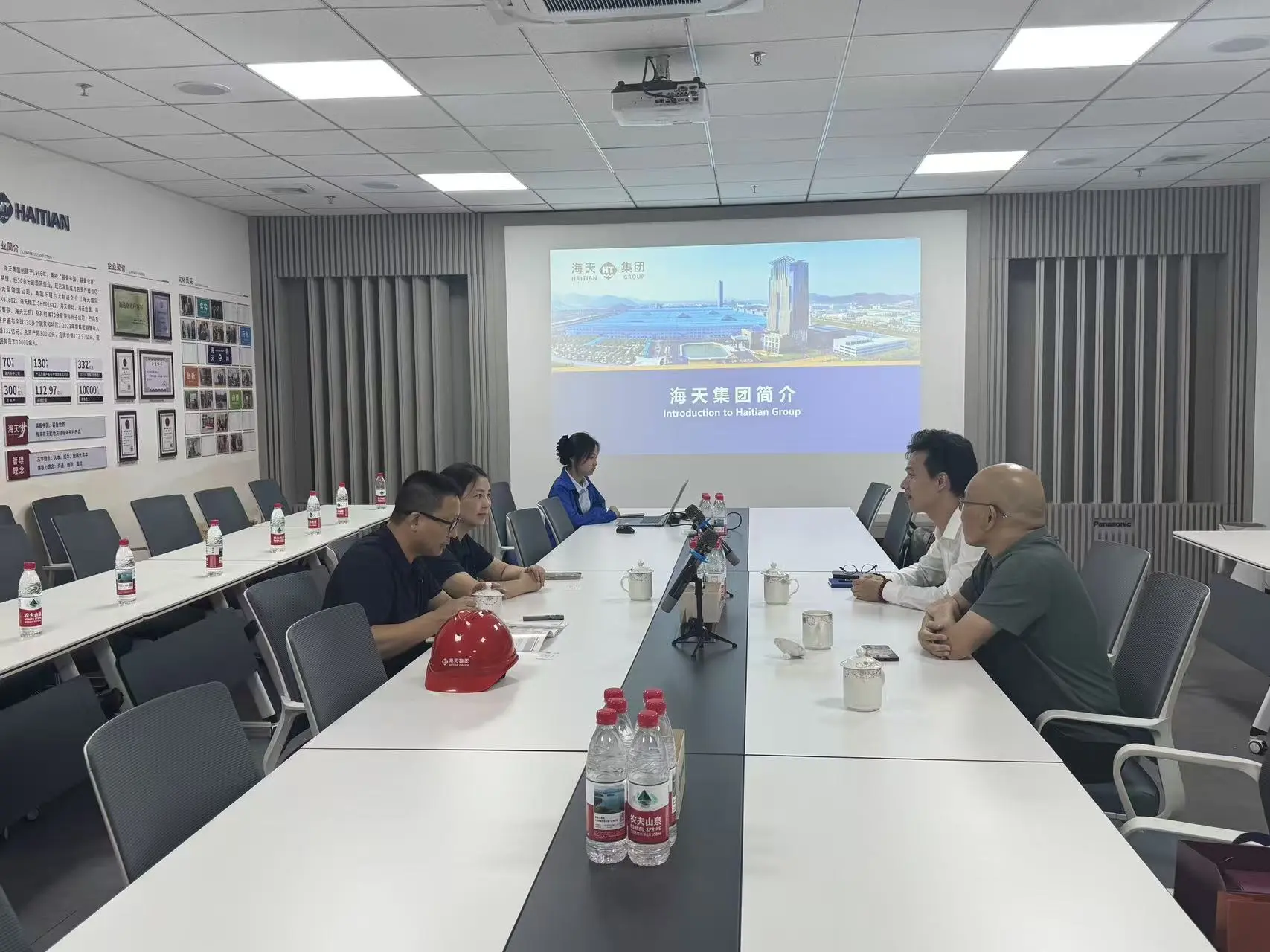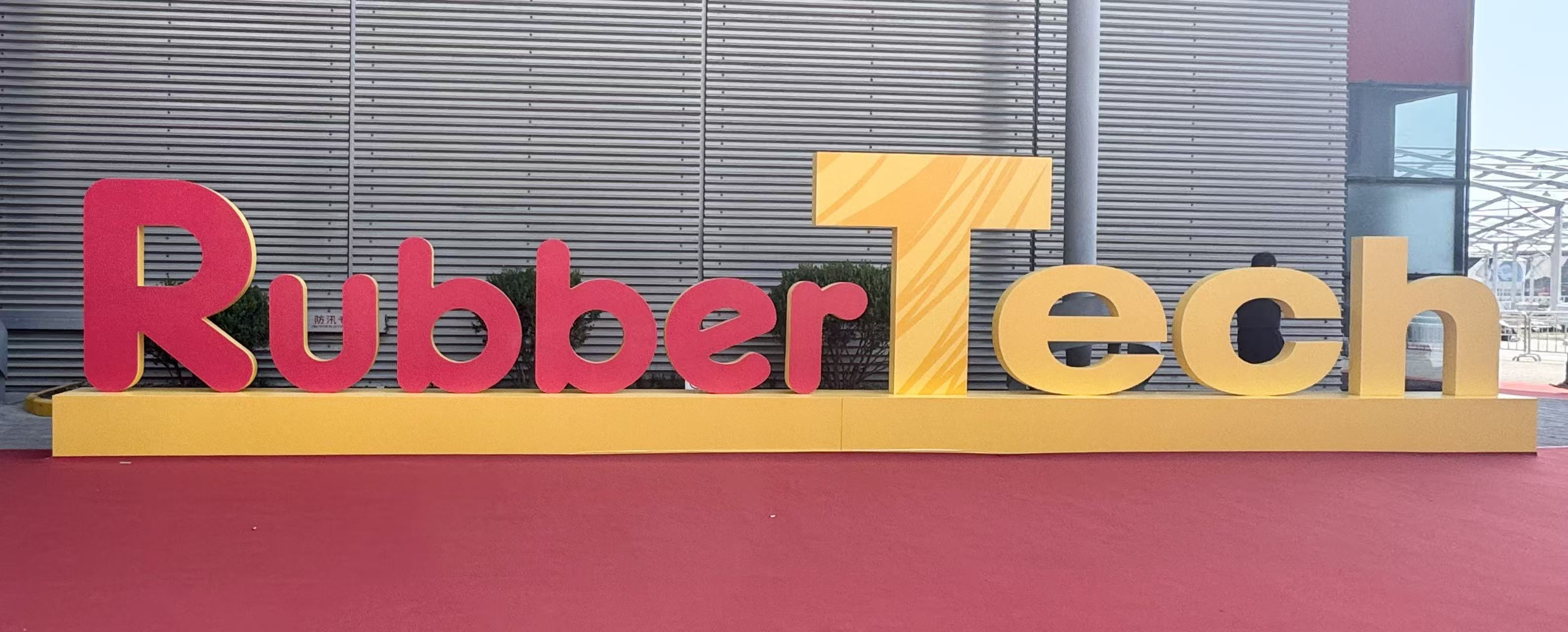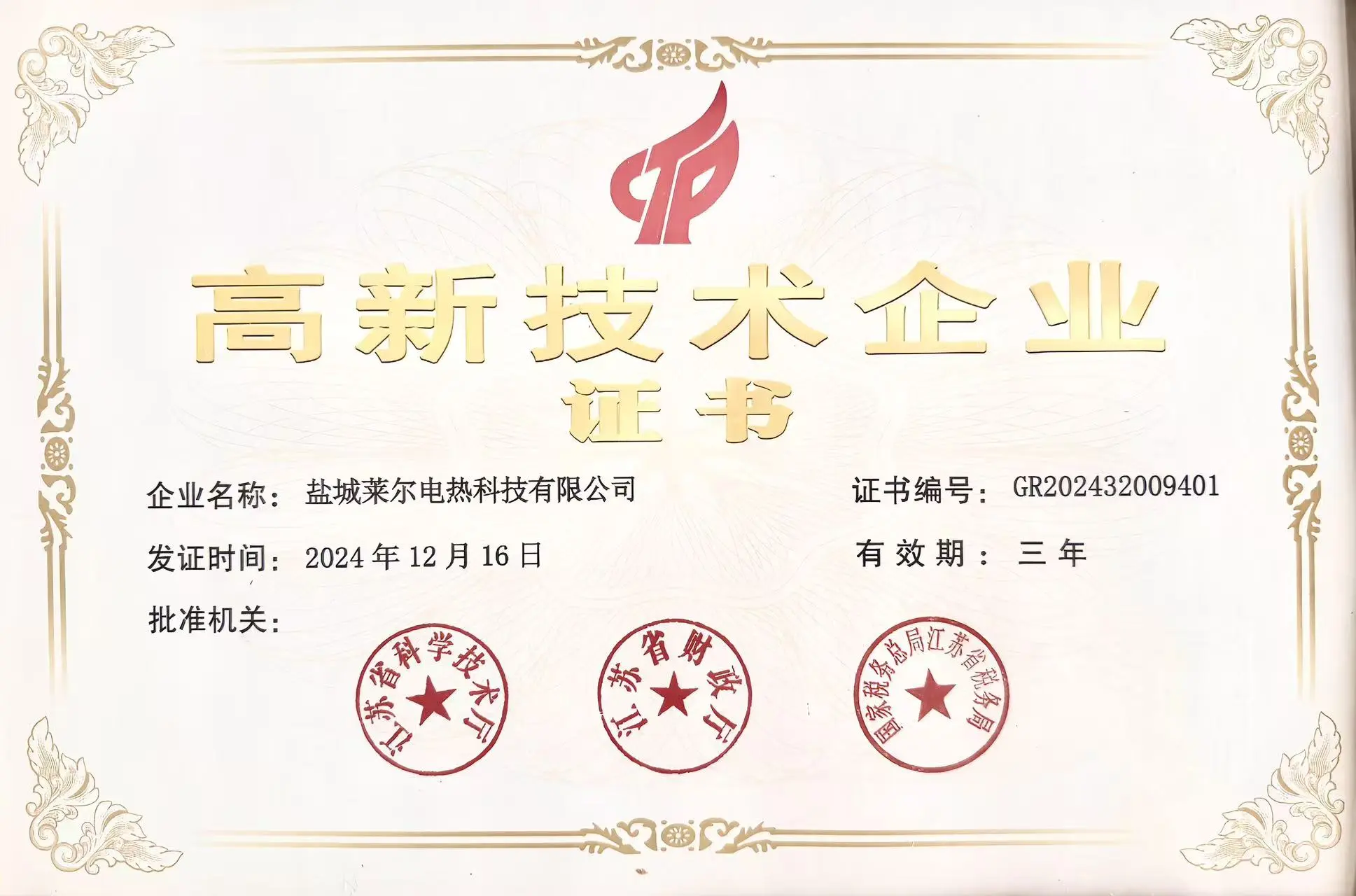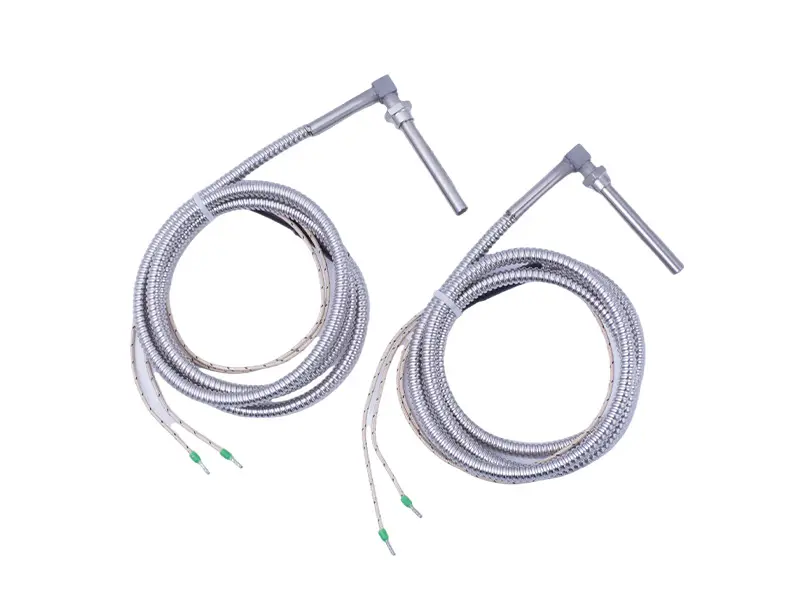Heating Rod: Working Principle, Core Features and Typical Applications
Introduction & Working Principle
The Heating Rod is essentially a device that converts electrical energy into thermal energy. Its core mechanism achieves heating through two steps: "Heating Element - heat transfer".
1.When current passes through heating elements such as internal resistance wires (such as nickel-chromium alloy) or mineral-insulated cables, the elements generate heat due to the resistance effect.
2.Heat is rapidly conducted through the metal casing (such as stainless steel) to the heated medium (such as water, oil, or air), or is directly transferred in the form of radiation, ultimately causing the temperature of the medium to rise.
The Features of Heating Rod
1.Precise temperature control: Most models are equipped with temperature sensors and thermostats, allowing for the setting of target temperatures (common range: 50°C - 1200°C). Once the set temperature is reached, the power will automatically be cut off, with the error generally controlled within ±1°C to ±3°C.
2.Safe and durable: The mainstream products are equipped with sealed explosion-proof and anti-dry-burning designs. The outer shell is made of corrosion-resistant alloy (304/316 stainless steel), and some models are equipped with built-in short-circuit protection. The service life can reach 3,000 - 10,000 hours.
3.Strong adaptability: The size can be large or small (ranging from a few centimeters to several meters), and it can be customized for different media such as liquids, gases, and solids (power ranging from 10W to 100kW) and shapes (straight rods, U-shaped, flange type).
4.Higher efficiency: Direct contact or close heating results in less heat loss, and the heat conversion efficiency is typically between 85% and 98%, far exceeding that of traditional indirect heating methods.
5.Small size: Compact structure, suitable for adhering to the surface of irregular workpieces (such as circular pipes, special-shaped molds).
The application industries of Heating Rod
1. Industrial field: Heating of chemical reaction vessels, anti-freezing heating of oil storage tanks, preheating of molds, temperature control during the production process of new energy batteries;
2. In the field of daily life:Built-in heating rods in electric water heaters, maintaining water temperature in aquariums, and small household heating devices;
3. Commercial field: Food processing equipment (such as electric heating for soy milk machines), hotel swimming pool temperature control, automotive antifreeze heating system.

